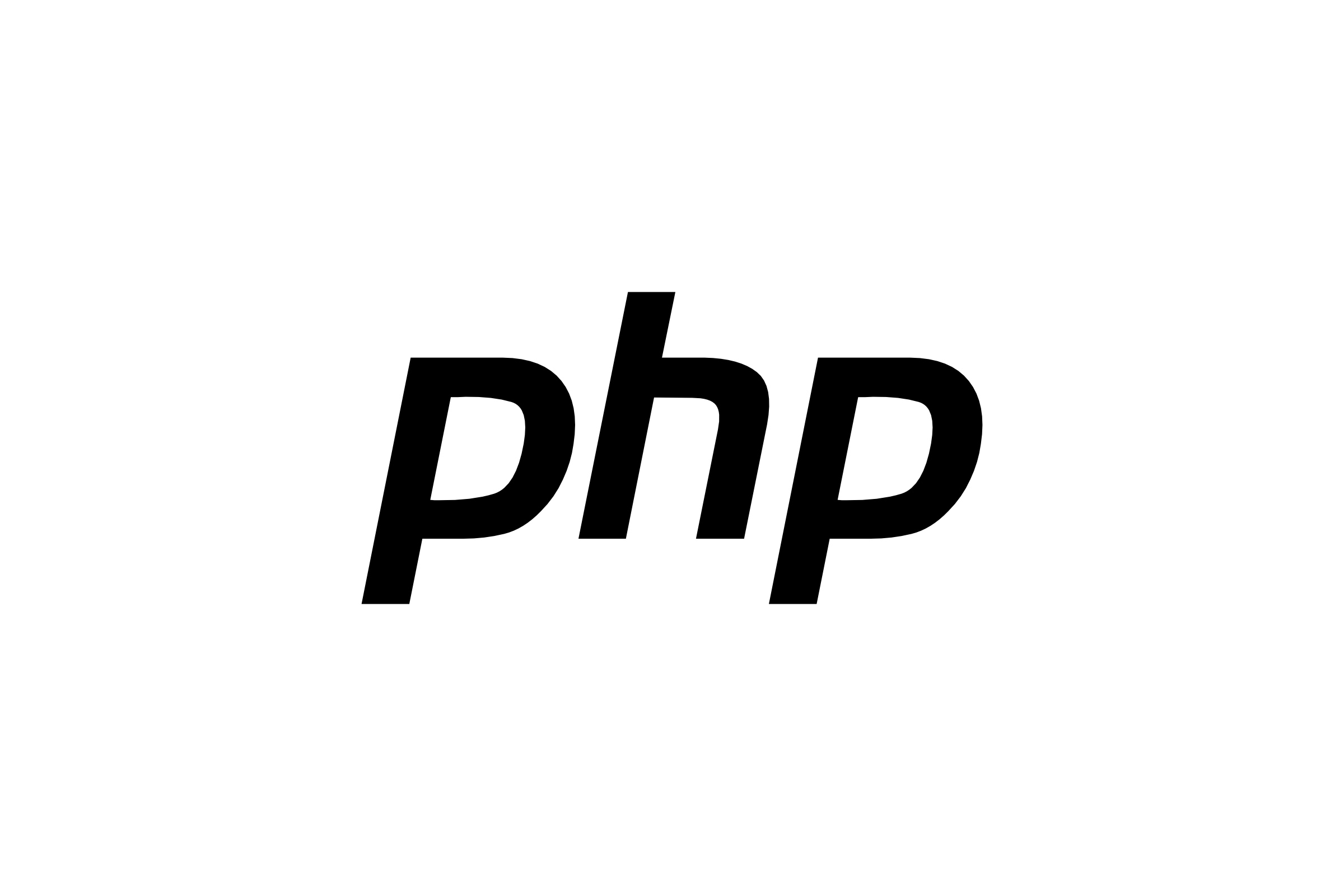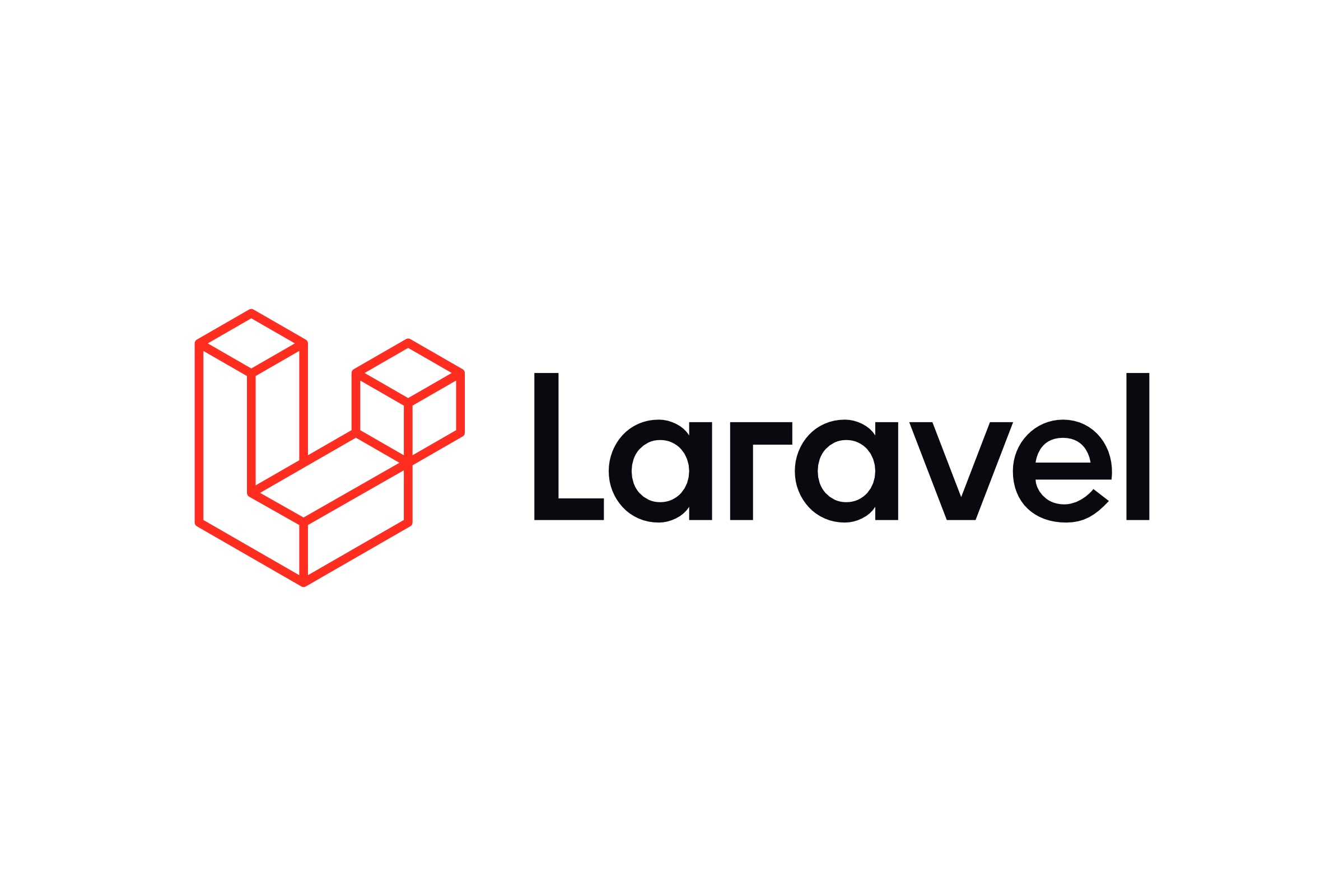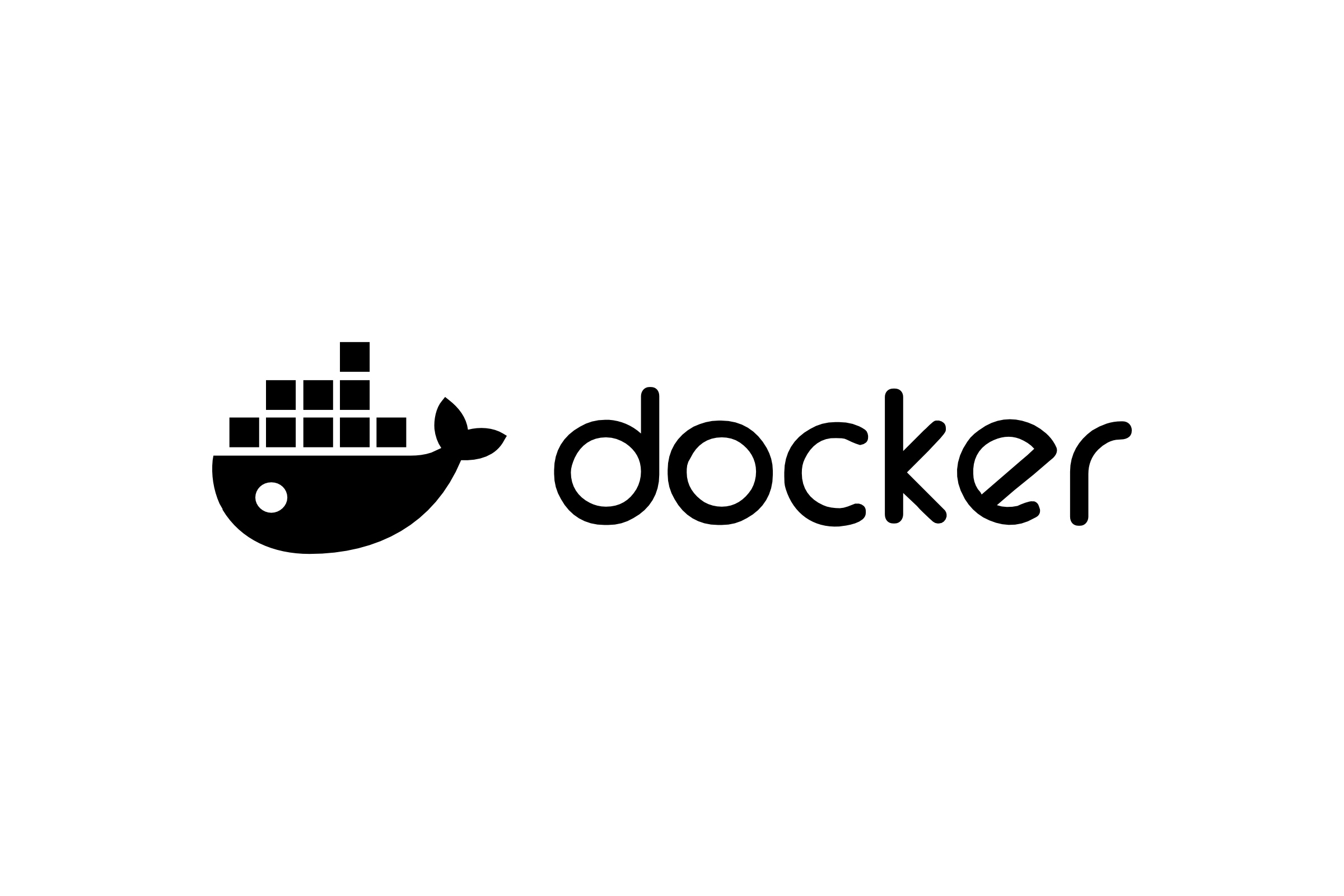In this brief tutorial I will show you the basics on how to create, return and read cookies created by Laravel. This should cover essential knowledge about cookie functionality that every developer should have when working in this fantastic framework.
Creating Cookies
As much as I love Laravel, I always put an emphasis on a fact that I don't like facades, even in terms of code aesthetics. Therefore let's inject cookie's Factory interface into a constructor. Always code to interface rather than to a concrete implementation. ☝🏻
private CookieFactory $cookieFactory;
public function __construct(
CookieFactory $cookieFactory
) {
$this->cookieFactory = $cookieFactory;
}As a namespace use:
use Illuminate\Contracts\Cookie\Factory as CookieFactory;The Factory interface has a method called make(), and this is exactly what we need. It takes 3 arguments:
- Name under which the cookie will be stored
- Value the cookie will contain
- Number of seconds that indicate cookie expiration
Let's create a sample cookie:
$name = 'our_cookie';
$value = 'Cookie Monster';
$minutes = 60 * 24 * 90; // 90 days in minutes
$cookie = $this->cookieFactory->make(
$name,
$value,
$minutes
);
dd($cookie);We should see a dump similar to:
Symfony\Component\HttpFoundation\Cookie {#415 ▼
#name: "our_cookie"
#value: "Cookie Monster"
#domain: null
#expire: 1674414753
#path: "/"
#secure: null
#httpOnly: true
-raw: false
-sameSite: null
-secureDefault: false
}Returning Cookies
Once a cookie is created, we should include it into a response. The most typical way would be to redirect user to a specific route withCookie().
This can be done with:
return redirect()->route('frontend.index')->withCookie($cookie);Preview your cookie in a browser of your choice.

But what if my response is not ready yet or I'm simply not in a controller class?
Laravel covers this case as well. When your response is not ready yet, you can queue() your cookie to be attached by the framework to the outgoing response when applicable.
$this->cookieFactory->queue(
$name,
$value,
$minutes,
);Reading Cookies
This is the most trivial part. Assuming cookie's name has not been changed since the creation (first step of this tutorial), the following code should return us the value that was stored in the cookie called our_cookie.
$name = 'our_cookie';
$result = request()->cookie($name);
dd($result); // "Cookie Monster"This is it. Now you know the basics about using cookies 🍪 in Laravel.





